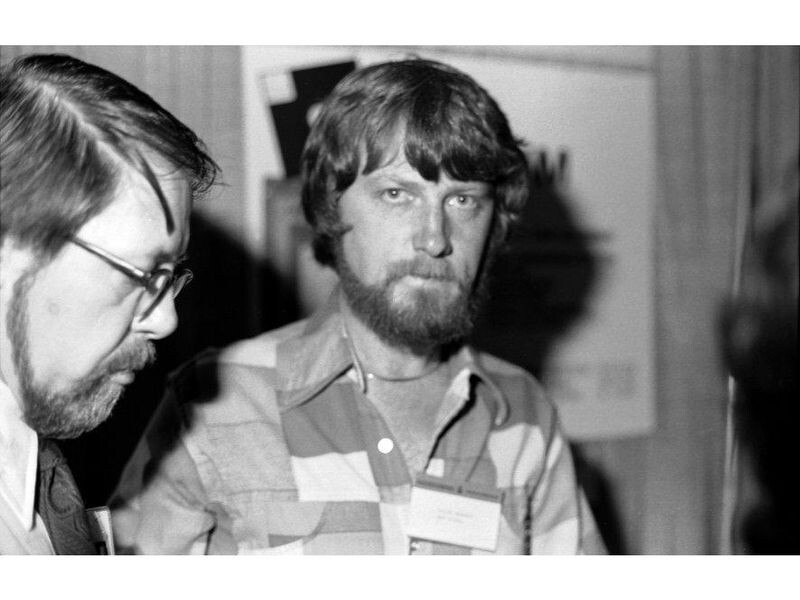2025-07-18 00:30:17
🇺🇦 #NowPlaying on KEXP's #DriveTime
Flying Mojito Bros:
🎵 Catch Me
#FlyingMojitoBros
https://flyingmojitobros.bandcamp.com/album/catch-me-ft-will-worden
https://open.spotify.com/track/7ajCawrPZVPSdxgQ8GlRhT
2025-07-18 16:34:20
Memoirs of the CP/M creator released:
“Our father, Gary Kildall, was one of the founders of the personal computer industry, but you probably don’t know his name. Those who have heard of him may recall the myth that he ‘missed’ the opportunity to become Bill Gates by going flying instead of meeting with IBM. Unfortunately, this tall tale paints Gary as a ‘could-have-been,’ ignores his deep contributions, and overshadows his role as an inventor of key technologies that define how compute…
2025-08-19 14:37:26
Because what we all really need in Excel is a more efficient way of writing mostly correct things. Mostly. https://mastodon.social/@verge/115055906442487572
2025-09-18 01:52:43
Just finished "The Melancholy of Summer" by Louisa Onomé. It's an excellent book about parental abandonment, rejecting and accepting help, and friendship, set in Toronto. There were a few threads that didn't quite get wrapped up by the end, but the ending wasn't dissatisfying, and the writing is excellent, particularly TV gee dialogue and the narration of Summer's thoughts. I felt like the strategic use of stutters both gave the main character extra vulnerability, but also helped subtly clue the reader into moments where Summer's perception of her interlocutors doesn't match their real feelings. Between this and "Like Home", I feel like Onomé's novels are a bit rough around the edges, yet they're still some of the most enjoyable books I've been reading, probably because she's pours so much humanity into her characters and lets their honest desire for something better rub off on the audience.
#AmReading
2025-06-20 00:04:17
They have finally come to realize that things have changed since the 1800s. Now, if they would stop writing off unknowns as UAPs, not to be reported, and actually confirm what all the “unknowns” flying over the border are.
Texas stops providing new funding for border wall construction https://ground.news/article/texas-stops-providing-new-funding-for-border-wall-construction_b2c4f2
2025-07-14 08:42:04
from my link log —
Rain of Fire Falling: The crash of American Airlines flight 191.
https://admiralcloudberg.medium.com/rain-of-fire-falling-the-crash-of-american-airlines-flight-191-e17ffc5369e5
2025-07-16 10:58:51
So Bitvise, the developer of an SSH client that competes with PuTTY, the widely-used open-source SSH and Telnet client, somehow got hold of the domain putty.org and is using it to promote its own products.
Here's how Bitvise responded to a tech blogger/journalist who wrote about this situation.
https://blog.pupred.…
2025-08-19 16:06:03
#CFP: Meeting at the Crossroads: Understanding the Intersection of Rhetoric, Race, and Religion
https://ift.tt/4VDnHf3
Laurent Pernot wrote, “Religion is intimately linked with words. Everyone knows that the spoken…
2025-09-15 16:44:06
Neue Unterstützungszusagen für NATO-Einsatz "Eastern Sentry"
Für den neuen NATO-Einsatz zur Sicherung des Luftraums an der Ostflanke gibt es weitere Unterstützungszusagen. Wie das oberste Hauptquartier der alliierten Streitkräfte in Europa (Shape) im belgischen Mons mitteilte, wird Spanien in Kürze Beiträge ankündigen. Britische Kampfjets werden sich am Schutz des polnischen Luftraums beteiligen, te…
🔗
2025-08-17 23:47:53
#Spearhead's #MichaelFranti played a concert last night at #SDSU as online rumblings grew about allegations from a female artist casting some unusually dark shadows over the positive vibes associated with ex-








